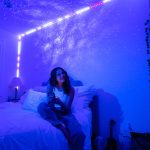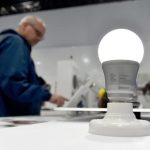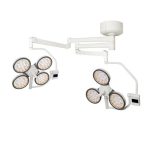Illuminate Your Space: A Beginner’s Guide on How to Use LED Light Strips
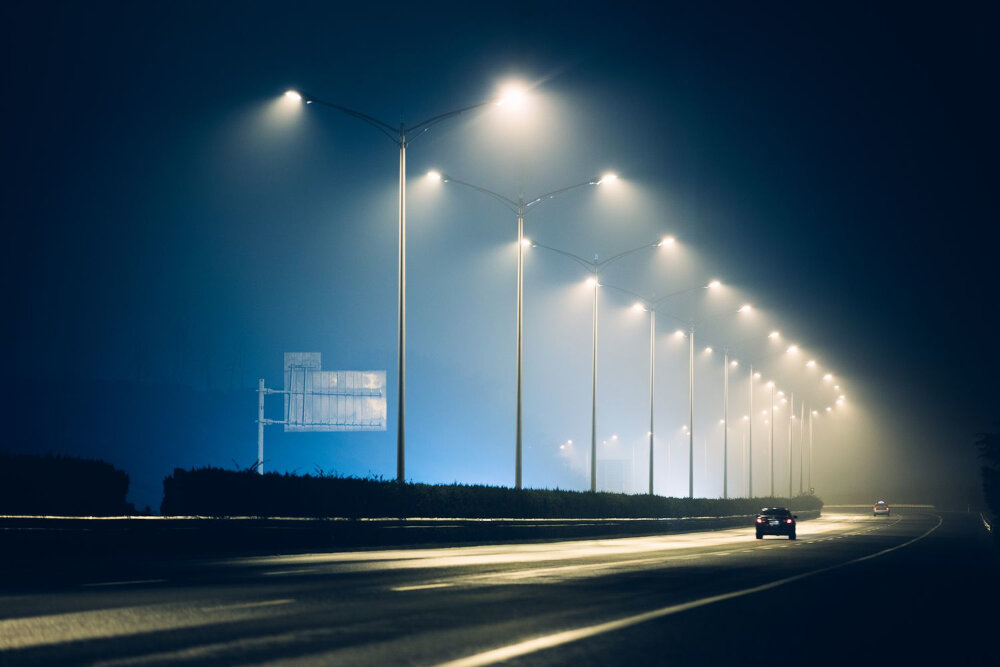
Lighting is an essential aspect of any living space. It sets the ambiance, mood, and tone of the room. With the advent of LED light strips, the possibilities are endless when it comes to lighting your space. However, using LED light strips can be daunting for beginners. There are many factors to consider, such as color temperature, brightness, and installation. But fret not, as this beginner’s guide will provide you with all the necessary information to illuminate your space with LED light strips. LED light strips are flexible circuits that contain tiny LED lights, making them an excellent choice for a variety of lighting applications. Whether you’re looking to add some ambiance to your living room, create a cozy atmosphere in your bedroom, or light up your kitchen, LED light strips can help you achieve your desired look. They are energy-efficient, long-lasting, and come in a range of colors and brightness levels. With this guide, you’ll learn how to select the right LED light strips for your space, how to install them, and how to design a lighting plan that suits your needs. So, let’s get started and learn how to illuminate your space with LED light strips.
LED light strips are a versatile and energy-efficient lighting option that can be used to add ambiance and illumination to any space. These strips consist of a series of small, low-voltage LED lights mounted on a flexible circuit board, which can be cut to fit any length and shape. LED light strips are available in a wide range of colors and color temperatures, from warm white to cool white, as well as RGB color-changing options. They are easy to install and can be affixed to almost any surface using adhesive backing, making them a popular choice for both residential and commercial applications. Whether you’re looking to highlight architectural features, create a cozy reading nook, or add some drama to your home theater, LED light strips offer a cost-effective and customizable lighting solution.
LED light strips are becoming increasingly popular in the world of interior design due to their numerous benefits. Firstly, LED light strips are energy-efficient, meaning they use less electricity than traditional lighting options, saving you money on your electricity bill. Additionally, they have a longer lifespan than traditional bulbs, reducing the need for frequent replacements. LED light strips are also versatile and can be cut to fit any space, making them ideal for customized lighting solutions. They also come in a variety of colors, allowing you to create the perfect ambiance for any occasion. Finally, LED light strips are easy to install and can be done without the need for professional assistance. Overall, the benefits of LED light strips make them an excellent choice for anyone looking to add some ambiance to their home or workspace.
Choosing the Right LED Light Strips
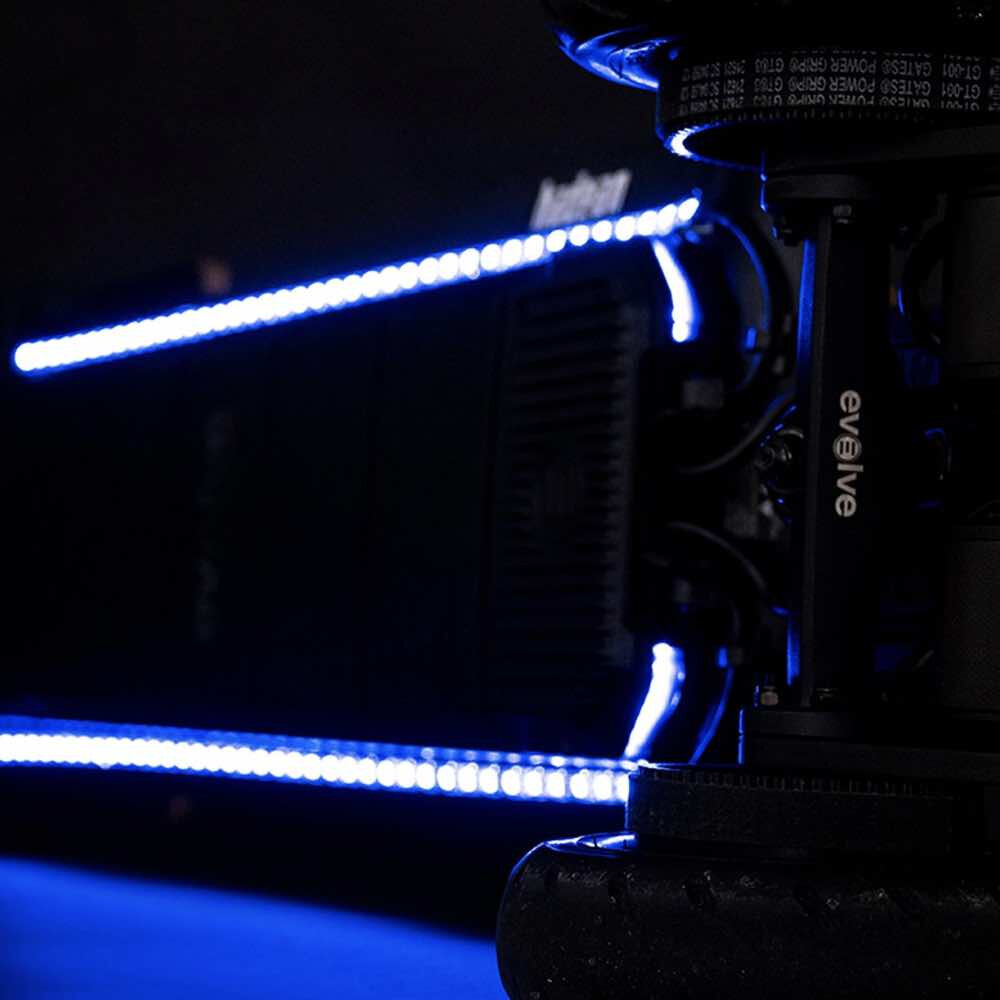
When it comes to choosing the right LED light strips, there are a few factors to consider. The first is the brightness level you require. LED light strips come in a range of brightness levels, measured in lumens. If you’re looking to use the light strips for ambient lighting, a lower brightness level may be suitable. However, if you need the light strips for task lighting, such as in a workspace, a higher brightness level may be necessary. Another factor to consider is the color temperature of the LED light strips. Color temperature is measured in Kelvin and refers to the warmth or coolness of the light. If you’re looking for a warm, cozy ambiance, choose LED light strips with a lower Kelvin rating. For a cooler, more energizing atmosphere, opt for higher Kelvin ratings. The length of the LED light strips is also an important consideration. The length you need will depend on the size of the space you’re illuminating. Measure the area where you want to install the LED light strips and choose a length that will cover the entire space. Additionally, consider the flexibility of the LED light strips. Some LED light strips can be bent and shaped to fit around corners or curves, while others are more rigid. If you need to install the light strips in a curved or angled space, choose a flexible option. Finally, think about the power source for the LED light strips. Some options require an electrical outlet, while others can be powered by batteries. Choose the option that works best for your space and installation preferences.
LED light strips are available in a variety of types and styles, making it easy to find the right fit for any space. The most common types of LED light strips are the standard, non-waterproof strips, which are ideal for indoor use. These strips are available in a range of colors and can be cut to fit any length. Waterproof LED strips are also available, which are perfect for outdoor use or in areas where moisture is present. These strips are covered in a protective coating that makes them resistant to water and other liquids. Additionally, there are color-changing LED strips available, which allow users to switch between a variety of colors to create a unique and dynamic lighting experience. Finally, there are smart LED strips available that can be controlled via a smartphone app or voice assistant, allowing users to create custom lighting schedules and adjust the color and brightness of their lights with ease.
When selecting LED light strips, there are several factors to consider. First, it is essential to consider the brightness of the strip. The brightness of LED light strips is measured in lumens, and it is essential to choose a strip with enough lumens to provide adequate lighting for the intended use. Additionally, it is important to consider the color temperature of the light strip. Color temperature is measured in Kelvin and affects the appearance of the light. For instance, a warm color temperature gives off a yellowish color, while a cool temperature provides a bluish hue. Another important factor is the length of the strip, as it determines the amount of light coverage. Finally, it is crucial to consider the quality of the strip, including its durability, power efficiency, and ease of installation. By taking these factors into account, one can select the right LED light strips for their needs.
When it comes to LED light strips, there are several recommended brands and products that stand out. One of the most popular brands is Philips Hue, which offers a wide range of smart LED light strips that can be controlled using a mobile app or voice commands. Another great option is the LIFX Z LED Light Strip, which also features smart capabilities and can be controlled using popular virtual assistants like Amazon Alexa and Google Assistant. For those on a budget, the Govee LED Strip Lights are a great choice, offering a variety of color options and easy installation. No matter which brand or product you choose, LED light strips are a versatile and stylish way to brighten up any space in your home.
Installation
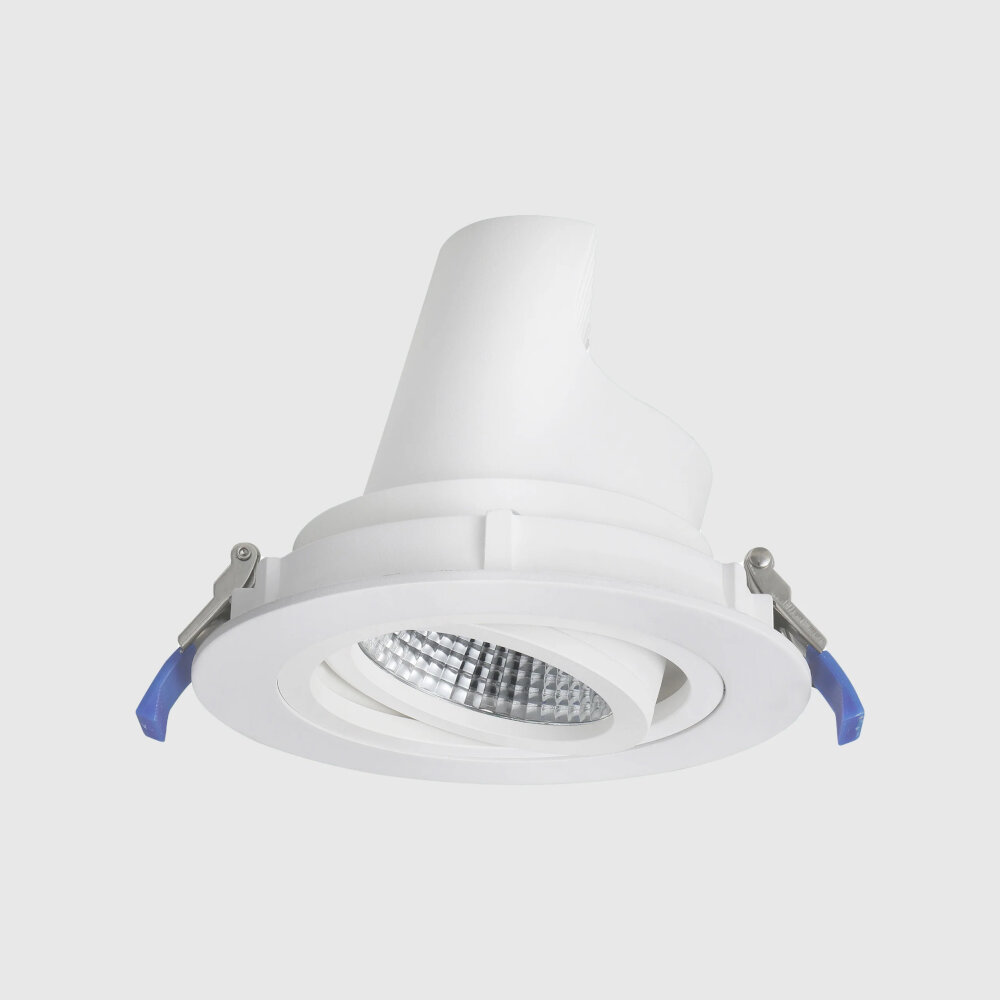
The installation process of LED light strips is incredibly simple and can be completed by anyone, regardless of their technical abilities. Before beginning, it’s important to ensure that you have all the necessary components, including the LED light strips, power supply, and connectors. Once you have everything, the first step is to measure the area where you want to install the strips and cut the LED light strip to the appropriate length. Many LED light strips have adhesive backing, which makes it easy to stick them to surfaces. However, if your strips don’t have adhesive, you can use double-sided tape or mounting brackets to secure them in place. Next, you’ll need to connect the LED light strip to the power supply. This is typically done using connectors, which come in a variety of shapes and sizes. Be sure to read the instructions carefully to ensure that you’re connecting everything correctly. Once the LED light strip is connected to the power supply, you can plug it in and turn it on to test that everything is working properly. If you’re happy with the results, you can then permanently install the LED light strip by securing it in place and concealing any wires or connectors. With just a few simple steps, you can transform any space into a beautifully illuminated area that’s sure to impress.
To get started with LED light strips, there are several tools and materials that you will need. First and foremost, you will need the LED light strips themselves, which come in various lengths and colors. Additionally, you will need a power supply to connect the strips to and control their intensity. A remote control or smartphone app will also be helpful to change the color and brightness of the lights. To install the strips, you will need adhesive tape or clips, as well as scissors to cut the strips to the desired length. Finally, a ruler or measuring tape may come in handy to ensure precise placement of the light strips. With these tools and materials, you’ll be well-equipped to transform any space with vibrant LED lighting.
Installing LED light strips can seem daunting at first, but with these step-by-step instructions, you’ll have your space illuminated in no time. First, measure the length of the area you want to light up and purchase the appropriate length of LED light strips. Clean the surface where you will be attaching the strips with rubbing alcohol and let it dry completely. Peel off the adhesive backing and carefully stick the strip to the surface. Use a connector to attach additional strips if necessary. Finally, plug in the power supply and enjoy your newly lit space. With just a few simple steps, you can transform any room into a bright and inviting space.
Proper installation is crucial when it comes to LED light strips. Firstly, make sure you have the right tools, such as scissors, a ruler, and a power supply. It’s important to clean the surface where you plan to install the strips to ensure they adhere properly. Use a tape measure to ensure you cut the strips to the correct length, and be sure to cut them at the designated cut marks. When connecting the strips to the power supply, make sure to follow the manufacturer’s instructions for wiring and polarity. Lastly, test the strips before you permanently attach them to ensure they are functioning properly. By following these tips, you’ll be able to properly install your LED light strips and illuminate your space with ease.
Creative Ways to Use LED Light Strips
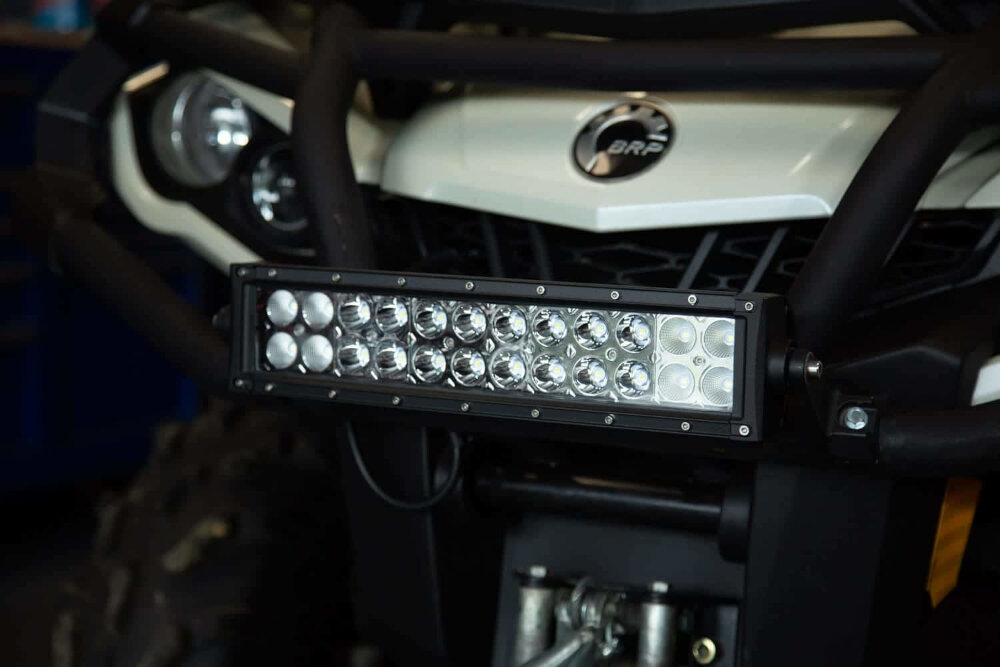
LED light strips are a versatile and creative way to illuminate any space. They are easy to install and offer a wide range of colors and patterns to choose from. One creative way to use LED light strips is to highlight architectural features in a room. For example, you can install them along the edges of a ceiling or around the perimeter of a doorway to create a dramatic effect. You can also use them to highlight artwork or to add a pop of color to a bookshelf or display area. Another creative way to use LED light strips is to create a unique lighting design in a bedroom or living room. You can use them to create a cozy and inviting atmosphere by installing them along the edges of a bed or behind a couch. You can also use them to create a fun and playful atmosphere by installing them around a gaming area or playroom. With LED light strips, the possibilities are endless, and you can easily create a custom lighting design that reflects your personal style and taste.
LED light strips have become a popular choice for homeowners looking to add a touch of ambiance and style to their living spaces. These versatile lights can be used to highlight architectural features, create a cozy atmosphere, or even add a pop of color to a room. With a wide range of colors and brightness levels to choose from, LED light strips provide endless possibilities for customization. Whether you want to install them under cabinets, along staircases, or behind your TV, LED light strips are easy to install and can transform your home into a welcoming, inviting space. Plus, with their energy-efficient design, LED light strips are a cost-effective way to enhance your home’s décor without breaking the bank.
LED light strips are a fantastic way to add some pizzazz to any event or party. These versatile strips can be used to create a variety of different lighting effects, from subtle ambient lighting to bold and colorful displays. Whether you’re looking to create a romantic atmosphere, add some excitement to a dance floor, or simply enhance the overall ambiance of your event space, LED light strips are the perfect solution. Plus, with their low power consumption and long lifespan, they’re an environmentally friendly and cost-effective choice. So if you’re looking to take your event or party to the next level, consider incorporating some LED light strips into your lighting design.
LED light strips are not only great for adding ambiance to a room, but they can also be used in unique ways that may surprise you. For example, they can be used to create a stunning headboard by attaching the strips to a piece of plywood and mounting it behind the bed. Another fun idea is to use LED light strips to create a glowing bar area by attaching the strips to the underside of shelves or cabinets. Additionally, LED light strips can be used to highlight artwork or photographs by placing them around the edges of the frame. With so many creative possibilities, LED light strips are a versatile and exciting way to add both function and style to any space.
Maintenance and Troubleshooting
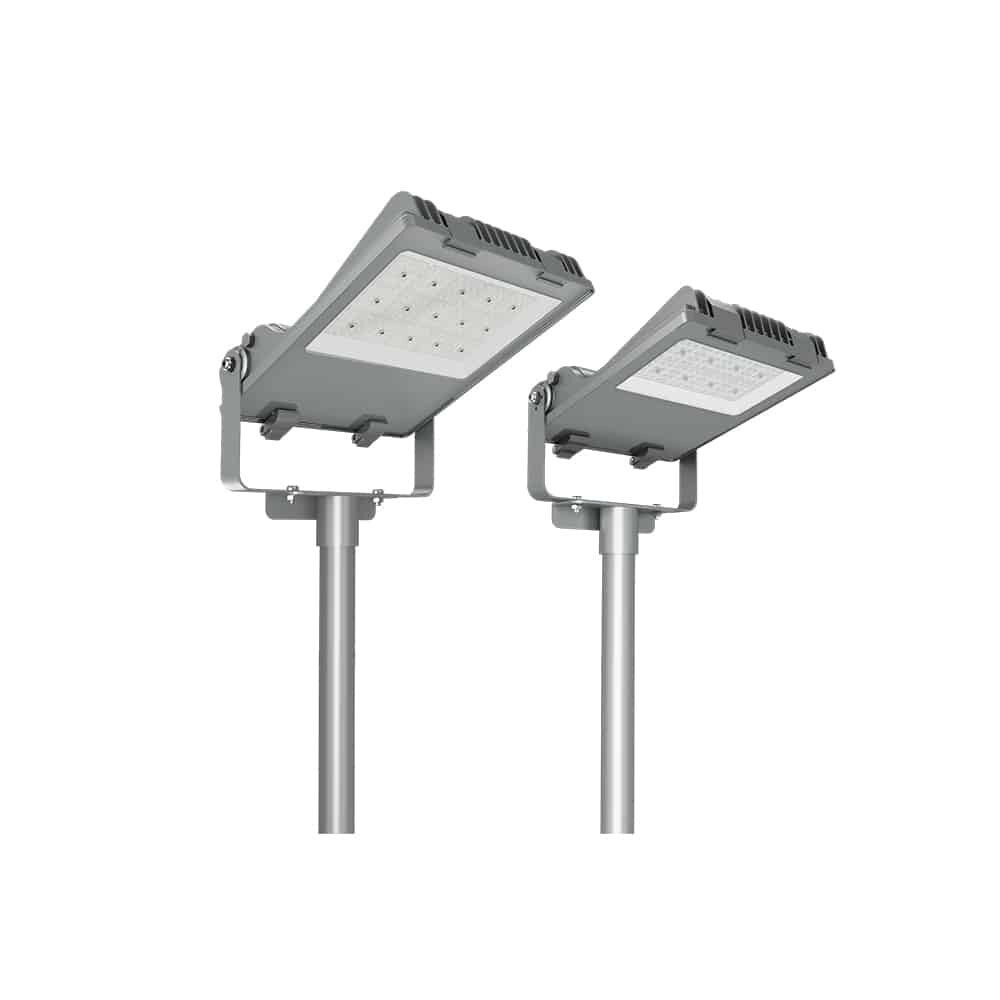
Maintenance and troubleshooting are essential aspects of using LED light strips. To ensure that your LED light strips function optimally, it’s important to carry out regular maintenance. Cleaning the strips with a soft, dry cloth can help remove dirt and grime that may accumulate on the surface. Additionally, it’s important to ensure that the strips are not exposed to excessive moisture, as this can lead to corrosion and damage. If you notice any signs of wear and tear, such as frayed wires or loose connections, it’s important to repair or replace the affected components immediately. Regular maintenance can help prolong the lifespan of your LED light strips and ensure that they continue to function efficiently. Despite their durability and efficiency, LED light strips may encounter problems from time to time. Common issues include flickering or dimming lights, overheating, and power outages. Troubleshooting these issues requires careful examination of the LED light strip components. For instance, flickering or dimming lights may be caused by a faulty power supply or damaged circuits. Overheating may be caused by poor ventilation or excessive use. Power outages may be caused by faulty wiring or a damaged power supply. Troubleshooting these issues requires careful examination of the LED light strip components and may require the assistance of a professional electrician. By addressing these issues promptly, you can ensure that your LED light strips continue to provide optimal illumination for your space.
To ensure that your LED light strips remain in excellent condition, it is crucial to maintain them regularly. Firstly, avoid exposing them to water, as it can damage the electrical components of the strip. Secondly, don’t bend or twist the strip excessively, as it can affect the circuitry and cause the strip to malfunction. Thirdly, clean the strip regularly with a soft cloth and avoid using harsh chemicals to clean it. Fourthly, ensure that the strip is installed correctly, and the power supply is not overloaded. Lastly, keep the strip away from heat sources such as direct sunlight or radiators, as it can affect the adhesive and cause the strip to peel off. By following these tips, you can ensure that your LED light strips remain in perfect condition for a long time.
One common issue that users face when using LED light strips is connectivity problems. This can be caused by a loose connection between the strip and the power source, or a faulty power supply. To troubleshoot this issue, first, check the connection between the strip and the power source and make sure it is secure. If the connection is secure and the problem persists, try using a different power supply or checking the voltage output of the current power supply. Another common issue is improper installation, which can cause the strip to not light up or light up unevenly. To troubleshoot this, make sure the strip is installed correctly, including proper alignment and securing it firmly in place.
LED light strips are a durable and long-lasting lighting solution that can last for up to 50,000 hours. However, despite their longevity, LED light strips may need to be replaced over time. Signs that it is time to replace LED light strips may include a noticeable decrease in brightness, a change in color temperature, or flickering. Additionally, if the LED light strips are damaged or exposed to moisture or extreme temperatures, they may need to be replaced sooner. To ensure the longevity and optimal performance of LED light strips, it is important to choose a high-quality product and to follow the manufacturer’s recommendations for installation and maintenance.
LED light strips are a versatile and energy-efficient lighting solution that can be used to transform any space. One of the key benefits of using LED light strips is their low energy consumption, meaning they use less electricity than traditional lighting options. Additionally, LED light strips are long-lasting and durable, making them a cost-effective option in the long run. They also come in a variety of colors and can be easily customized to fit any design aesthetic. LED light strips can be used to create ambient lighting, accent lighting, or even task lighting, making them a versatile addition to any room. Whether you want to add a pop of color to your living room or create a relaxing atmosphere in your bedroom, LED light strips are a great option for achieving your desired look.
In conclusion, LED light strips are a versatile and creative way to add illumination to any space. With their flexibility, versatility and energy efficiency, they can be used for a wide range of applications, from accent lighting to task lighting. When purchasing LED light strips, it is important to consider factors such as brightness, color temperature, and quality. It is also important to take the time to properly install and secure the strips to ensure they last as long as possible. Overall, with a little bit of planning and creativity, LED light strips can transform any space into a well-lit and inviting environment.
Conclusion
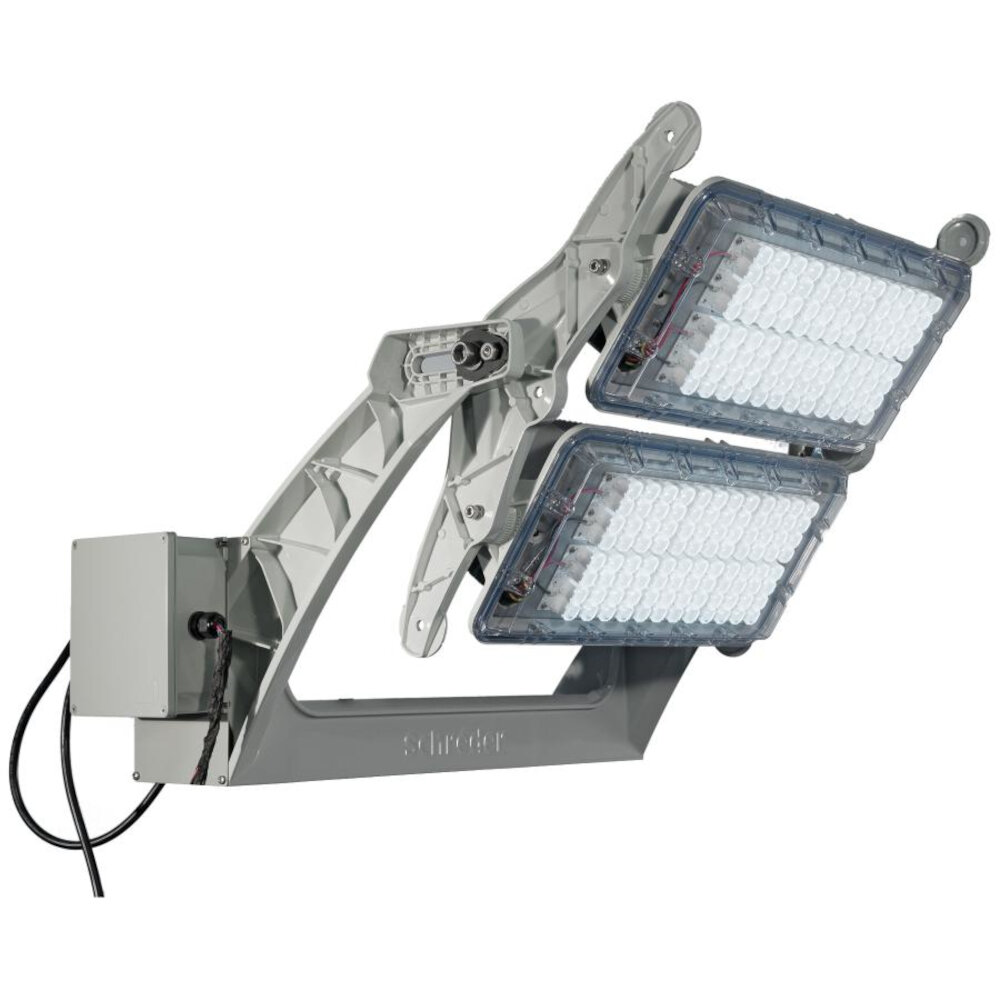
In conclusion, the use of LED light strips is an innovative and exciting way to illuminate any space. With their versatility, energy efficiency, and ease of installation, LED light strips are a great option for both beginners and professionals alike. By following the tips and techniques outlined in this beginner’s guide, anyone can learn how to use LED light strips to create a unique and personalized lighting experience in their home or office. With endless possibilities for customization and creativity, LED light strips are truly a game-changer when it comes to lighting design. So why not explore the world of LED light strips today and discover the amazing potential they hold for transforming your space?

